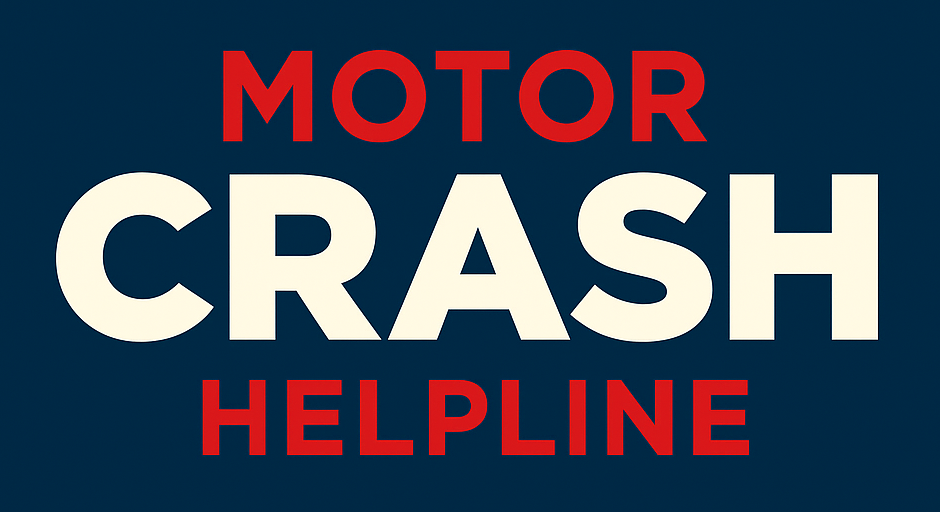It's best to notify police as soon as you can after a crash.
Call 131 444 for non-emergencies when any of the following apply:
If none of the above, report online or at your local station within 24 hours.
Swap: full name, address, phone, rego, and registered owner (if different). Grab insurer details if you can. Save everything on your phone.
If the car isn't roadworthy, don't drive it. We'll arrange recovery and repairs.
Calling your insurer first can work against you. Call 1300 392 554 and we'll manage everything at no cost if you're not at fault.

Once the initial shock has subsided and everyone is safe, it is a legal requirement for both drivers to exchange details. This is very important for a successful non-fault claim. These details must include the following:
It’s also wise to note down the other driver’s insurance company details. This can be handy if you have trouble getting in touch with the driver later on. Remember to both collect the other driver’s details and provide your own. It’s an offence not to share your details after a car accident. Failing to do so could not only land you in hot water but might also affect any accident claim you make later. For a smooth claims process later on, keep the details you’ve collected safe. If you can, save them electronically by sending yourself an email or saving them on your smart phone. While it’s always good to have a paper and pen for things like sketches paper can get lost or damaged easily. So, it’s best to take photos and keep a backup.
Exchanging details with the other driver alone is sometimes not enough. Ensure that all details are exchanged with any and all passengers; both from your own vehicle and importantly from the third-party vehicle as well.
To help build your claim once you have left the road traffic accident scene, witnesses are very important to the success and evidence. If you have a witness, ensure you collect the witness’s details in full.
If you don’t have a witness right now, consider asking any passers-by if they will accompany you as a witness. This will be while you gather evidence of who is at fault, followed by accurate and detailed facts about the accident itself.
Recording detailed information related to an accident is crucial for establishing evidence to unequivocally prove you were not at fault. TIP: For any potential future incidents, we recommend keeping a small notepad in your vehicle at all times.
The first thing to do if the car isn’t stationery is stopping the car safely and make sure you switch off the engine and remove the keys.
Emotions can understandably be running high, so take a moment to compose yourself.
Check yourself, your passengers and anyone else for any injuries as a result of the accident. If necessary, call an ambulance
It may sound crazy, but even a simple apology can be used later as an admission of fault. Always be polite, but under no circumstances apologise or admit fault.
The first thing to do if the car isn’t stationery is stopping the car safely and make sure you switch off the engine and remove the keys.
The first thing to do if the car isn’t stationery is stopping the car safely and make sure you switch off the engine and remove the keys.
The first thing to do if the car isn’t stationery is stopping the car safely and make sure you switch off the engine and remove the keys.
The first thing to do if the car isn’t stationery is stopping the car safely and make sure you switch off the engine and remove the keys.
After a car accident, extensive visible damage often clearly indicates the need for recovery. However, at times, damage isn’t as apparent. Operating an unroadworthy vehicle is not only unsafe but also illegal here in Australia. If you aren’t sure whether your vehicle is safe, you should avoid driving it to prevent any further risk or complications. When considering accident recovery, the most important things to know are:
Checking that your vehicle passes a ‘roadworthy vehicle check’ is the first place to start when considering recovery.
Motor Crash Helpline is your one stop shop. We will work with you every step of the way at no cost to you. It’s easy, stress free and won’t cost you a dollar.

Many people instinctively call their insurance company after an accident, either to claim or seek advice. However, if you’re not at fault, directly claiming through your insurer may leave you at a disadvantage. Companies like Motor Crash Helpline offer an invaluable alternative, handling claims independently to ensure non-fault drivers receive what they’re entitled to with minimal disruption and at no cost.
Starting your non-fault claim
Working with a partner like Motor Crash Helpline who understands what to do after a car accident is essential. Here at Motor Crash Helpline your dedicated expert claims handler will initiate a claim on your behalf and be with you every step of the way.

Motor Crash Helpline is a registered business name of WA LAW GROUP PTY LTD (ABN 54 649 820 548) whose registered office is Qld Law Group Place, 100 Wharf Street, Brisbane, QLD 4000.
Motor Crash Helpline is a division of a law firm not an insurance provider. We handle claims on behalf of our clients, but we do not offer insurance policies. Our expertise lies solely in managing vehicle accident claims, with a focus on non-fault accidents.
We operate independently as a law firm and provide motor accident related services and are not associated with any insurance company. For general enquiries regarding your policy, please contact your insurance provider directly. You can find their telephone number on your policy documents.
© 2025 motorclaimhelpline.com. All rights reserved